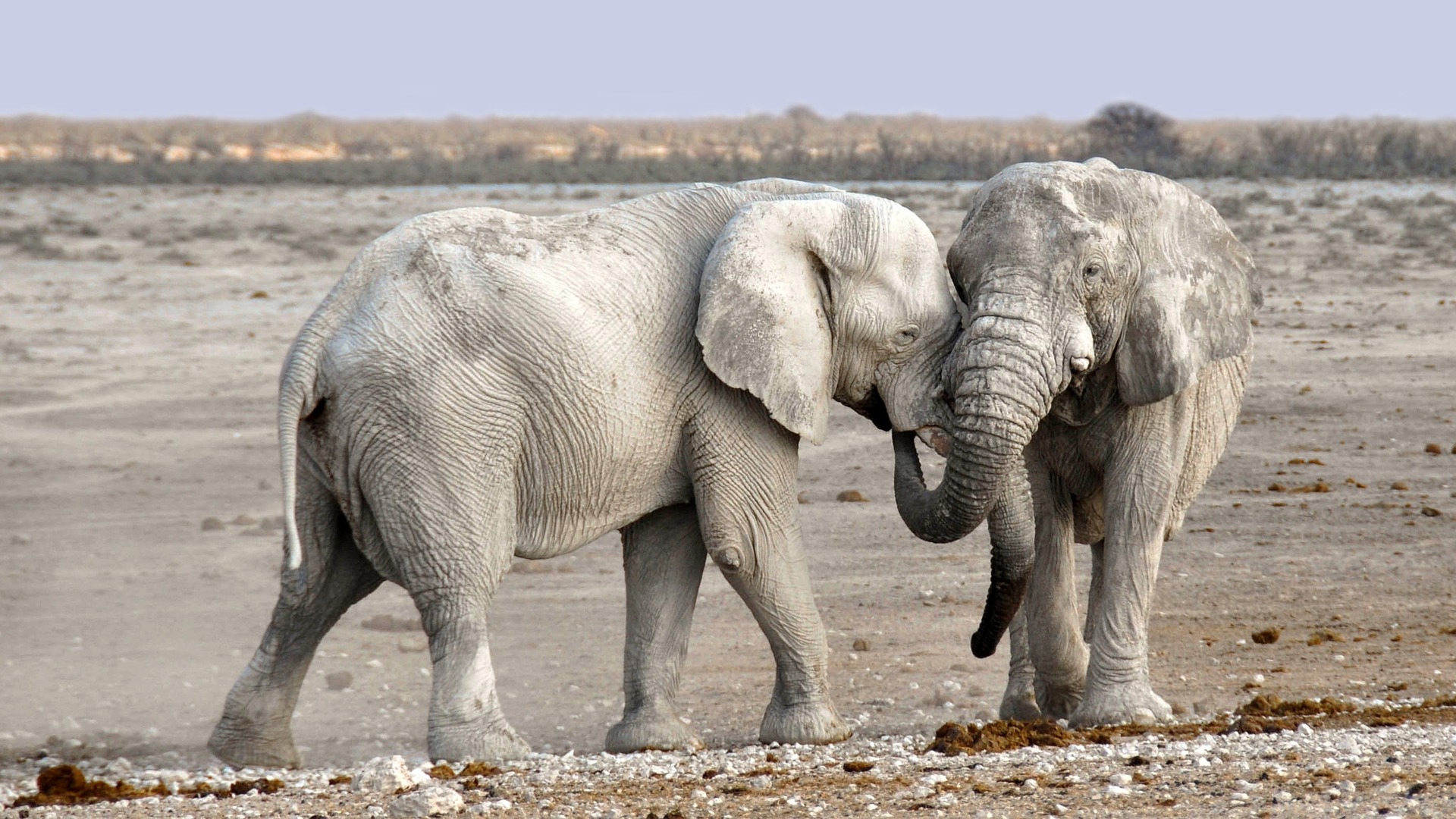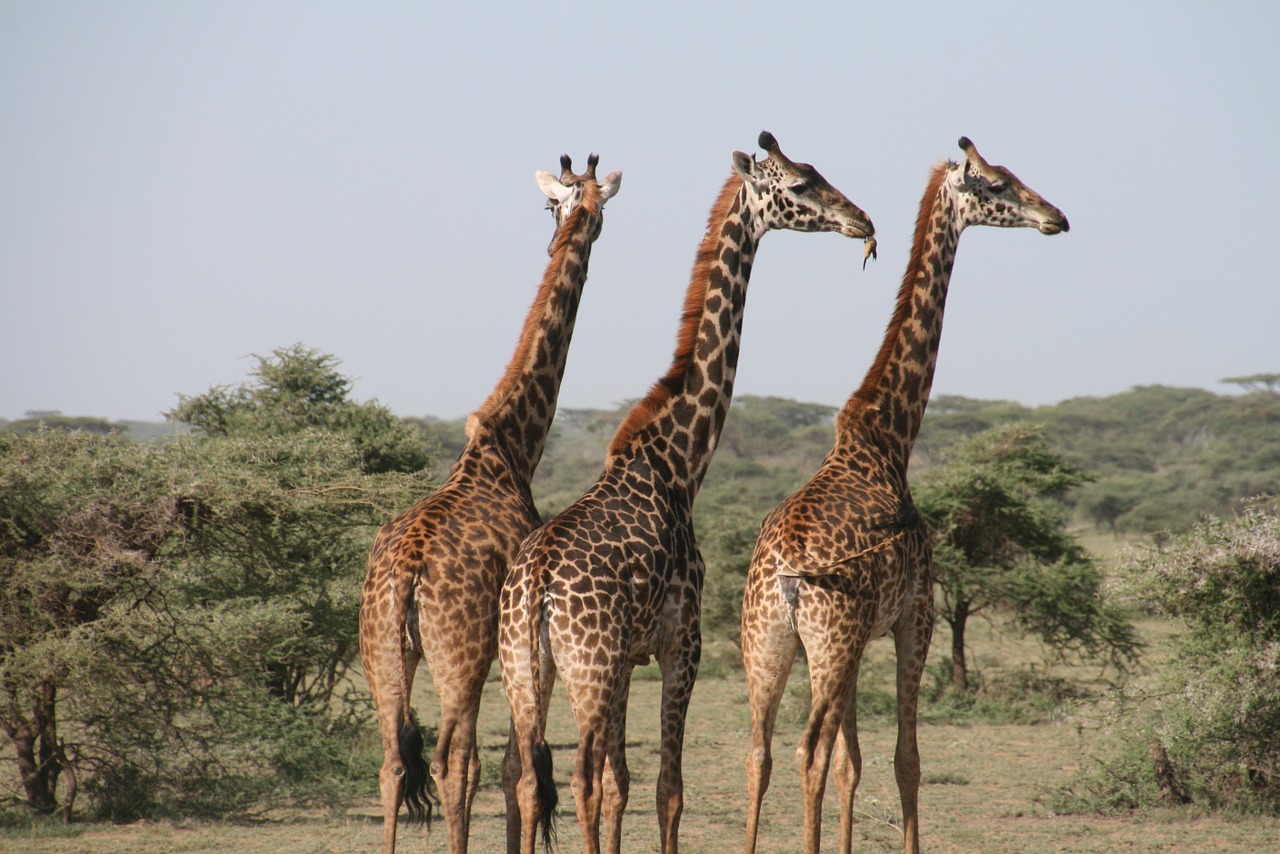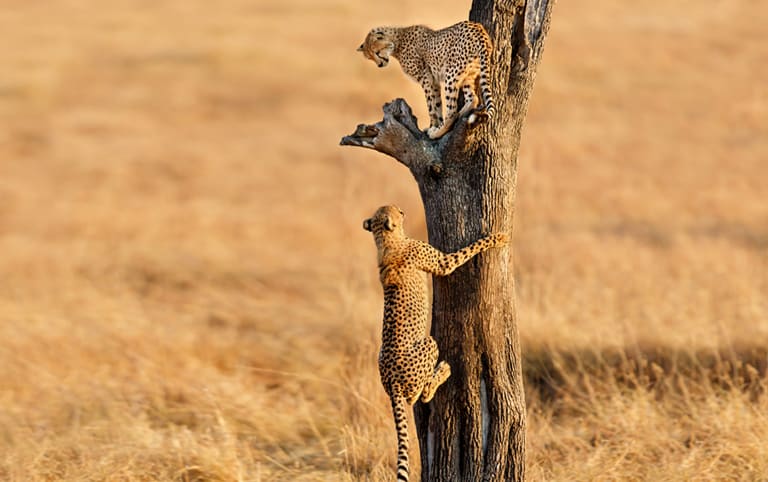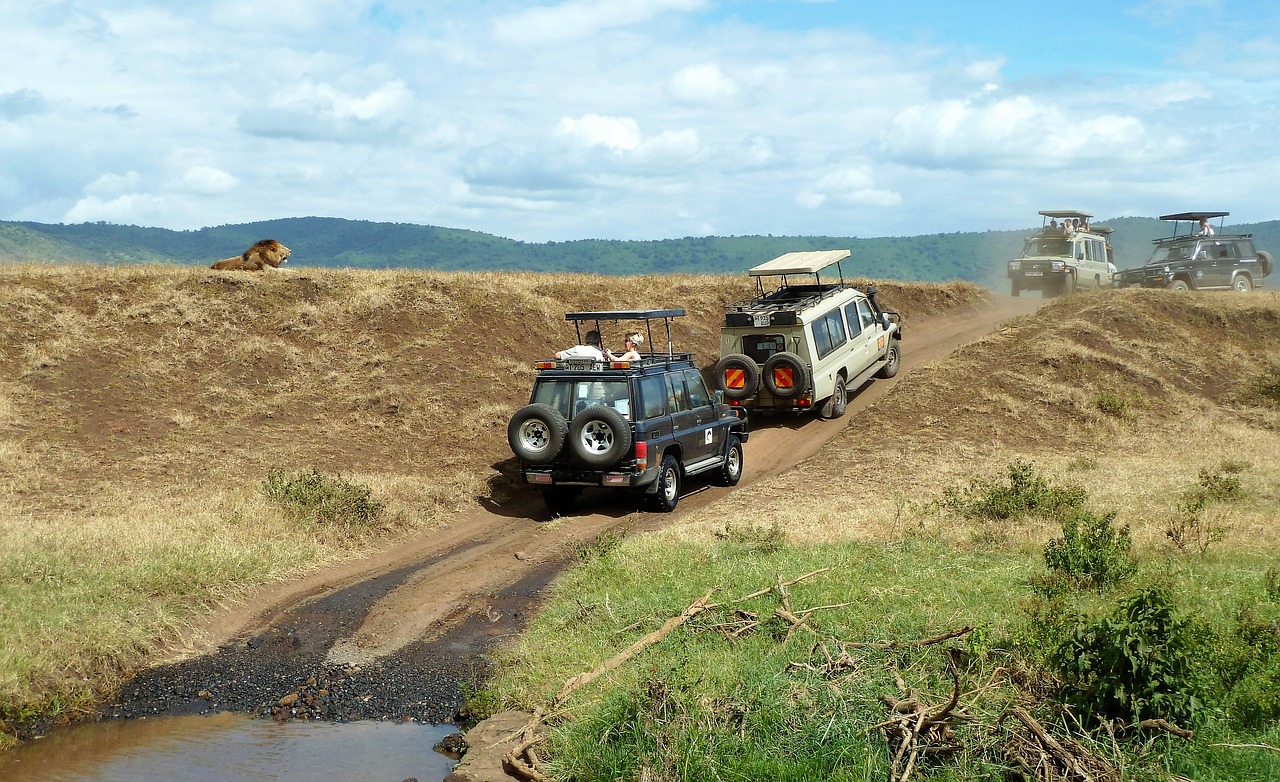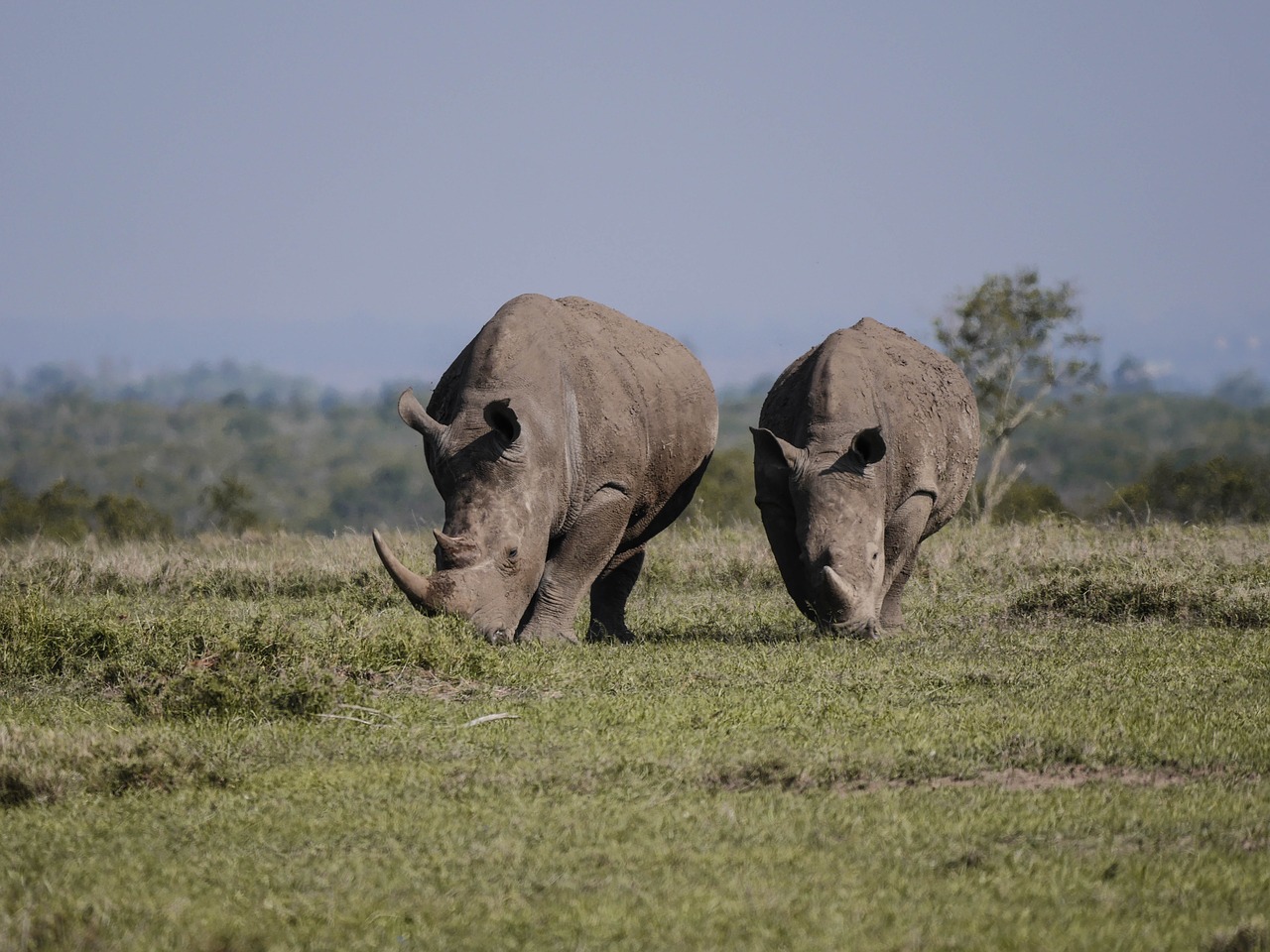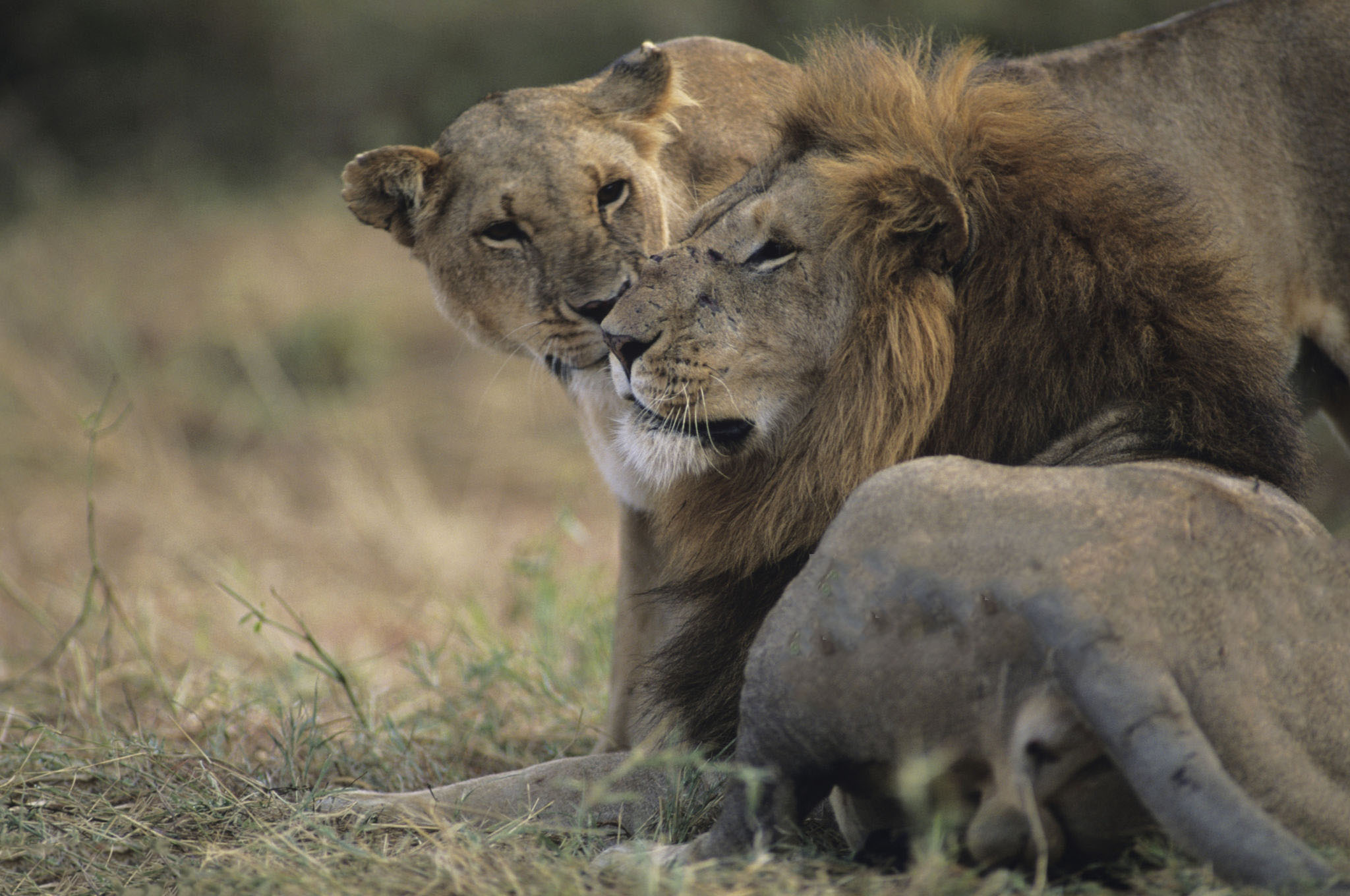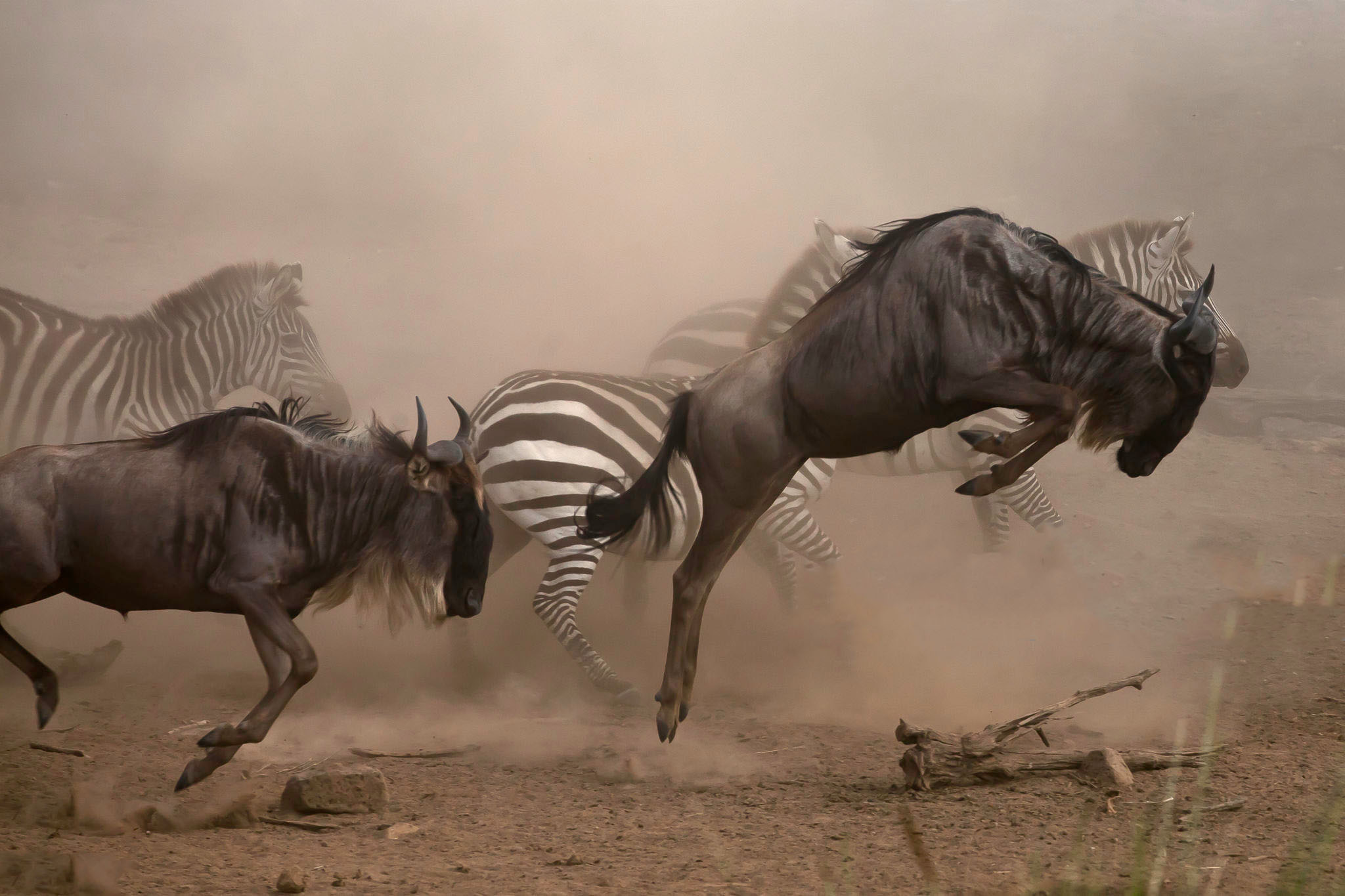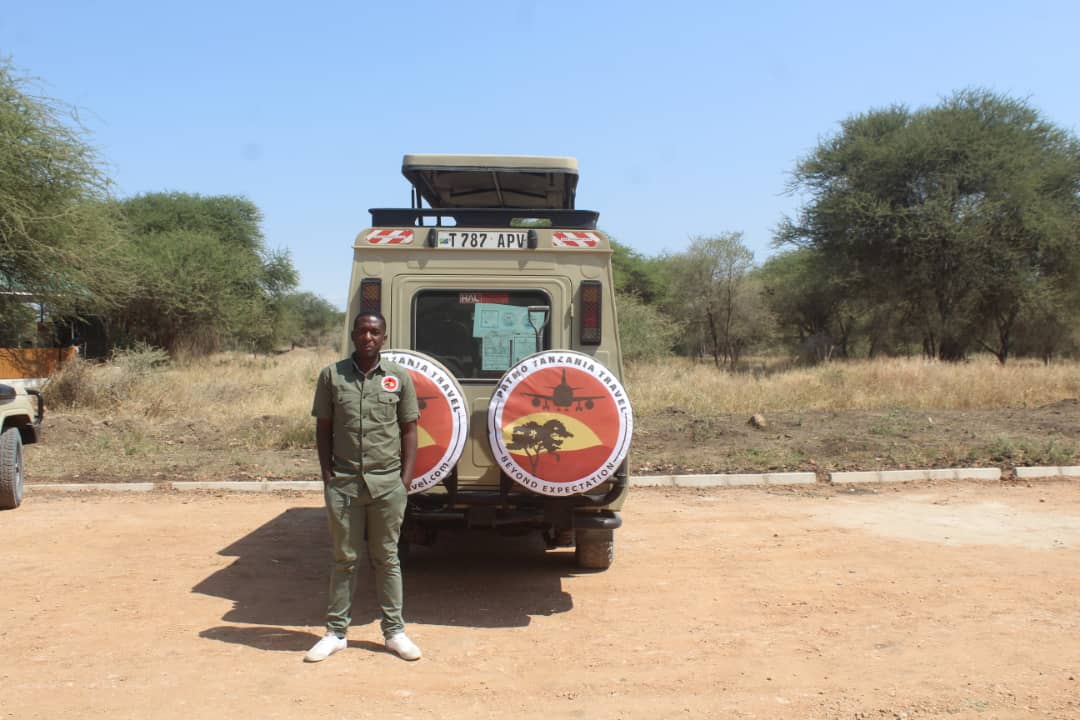- HOME
- ABOUT US
- INSPIRATIONS
- SAFARIS
- 2 Days Tarangire National Park & Ngorongoro Crater
- 2 Day / 1 Night, Wildlife Safari Tarangire, Lake Manyara
- A Taste of Tanzania Safari
- 3 Days – Big Five Safaris
- THE GREAT MIGRATION IN 8 DAYS – JULY TO OCTOBER
- 6 Day / 5 Night, Wildlife Safari Tarangire, Lake Manyara, Serengeti, Ngorongoro
- 6 Days / 5 Nights MARANGU ROUTE (Coca Cola Route)
- 7 Days Special Walking and Game Drives Safari
- The Ultimate – 8 Days Tanzania
- 10 Days Tanzania Safari & Zanzibar Extension
- 14 Days Great Tanzania Safari and Cultural Tour Experience
- PLACES 2 GO
- BLOG
- CONTACT
Tarangire, Lake Manyara, Serengeti, Ngorongoro
6 Day / 5 Night, Wildlife Safari
Itinerary features:
- Tarangire – (known as the Paradise of Elephants) this amazing park full of rugged rifts and valleys teaming with animals and there is never a dull moment.
- Lake Manyara, (Ernest Hemingway's most the most loved place in Africa) - looking for lions that climb trees and wildlife game drive.
- Serengeti - Staying in the National park for two days to follow the Wildebeest migration and view an abundance of wild animals. ( Migration Vary in location due to time of the year. (Fly out of Sereronera.)
- The Ngorongoro Crater/Conservation Area – The world largest un blocked volcanic calder, breathtaking scenery and find “The Big 5” as well as hundreds of other animal species.
- Karatu Drive to Arusha
Schedule:
- Day 1 Tarangire National Park
- Day 2 Lake Manyara National Park
- Day 3 Ngorongoro Conservation Area - Serengeti National Park
- Day 4 Serengeti National Park - (Great Migration)
- Day 5 Serengeti National Park – Ngorongoro Crater.
- Karatu to Arusha
- Day 1 – Tarangire National Park
- Day 2 - Lake Manyara National Park
- Days - 3 & 4 The Serengeti National Park
- Day 5- The Ngorongoro Crater
- Day – 6 Karatu / Arusha – Kilimanjaro
- Price includes…
- Price does not include…
After breakfast at the hotel your guide will pick you up to start the drive to The Tarangire National Park. This amazing park known as “the Paradise of Elephants” is very unique, on your voyage you will get to see a few Masai villages along the way as well as some wildlife. Around 12:00pm - 1:00pm you will have a picnic lunch at a breathtaking designated picnic area surrounded by animals in their natural habitats.
After lunch and a short break, you will depart for an afternoon game drive in the park, with possibility to see animals such as Lions, Elephants, Zebras, Buffalos, Giraffes, Baboons, Hyenas, Eland, Kudu, Cheetahs, Warthogs, Monkeys, and more... The Tarangire Park also provides shelter to over 500 bird species. Before dark in the early evening you will return to the lodge for dinner and an overnight stay.
Hotel: Migombani Campsite (or a 5 star accommodation listed at the bottom of this itinerary)
Meals: breakfast at lodge, lunch on the road & dinner at the lodge
Day 2 - Lake Manyara National Park
Upon finishing breakfast you will check out of the lodge and depart with packed lunch to the beautiful Lake Manyara National Park. This relatively small but diverse park is 120 km. The park’s name means shallow salt lake and it covers a large area of the park flooding and drying with the seasons. This unique park is home to thousands of flamingos and over 500 other bird species. On your adventure in the park you might see Monkeys, Giraffes, Zebras, Wildebeests, Buffalo, Elephants and if you’re lucky lazy Lions lounging in trees. The park is known for its diverse landscapes; not only open grassy plains, but also primate-filled woodlands and baobab dotted cliffs. Lunch will be had at an amazing picnic area overlooking the lake and an escarpment.
Later after lunch and more wildlife viewing you will slowly proceed to Karatu concluding your second day of wildlife safari.
Hotel: Boganivillia Hotel (or a 5 star accommodation listed at the bottom of this itinerary)
Meals: breakfast at lodge, lunch on the road & dinner at the lodge
Days - 3 & 4 The Serengeti National Park
Once you have finished breakfast you will drive towards the Serengeti for 2 days of exploration in this incredible park. On the way to the Serengeti you will pass by Masai village and a guest may opt to pay a visit on extra cost. The Masai are a nomadic tribe of noble warriors who will welcome you to their village with a welcoming song, dance and cultural activities that you may participate in. The English-speaking Chief will give guests a tour of their village and will take you into a hut to explain their way of life. Upon finishing the tour guest have the opportunity to buy some local handmade crafts, or Masai clubs, knives or hunting spears.
The 15 000 square kilometer Serengeti is the oldest national park in Tanzania and is the habitat for an abundance of wildlife, such as Elephants, Impalas, Buffalo, Crocodiles, Hippos and more… but is more well-known for its great migrating herds of Zebras and Wildebeest. The animals’ trek is determined by the rainfall and varies from year to year. In November and December the animals move from the northern region, dominated by woodlands and hills, to the grassy plains of the south. During the longer rainy season from April to June, they begin their return to the north and continue migrating northwards during July and August. Apart from the migrating herds, you will most likely see an amazing array of animals including predators such as Leopards, Cheetahs and Lions. 90% of all African wildlife documentaries are filmed in the Serengeti as it is the most densely animal populated park in the world.
The great Serengeti Wildebeest migration is the movement of vast numbers of the Serengeti's Wildebeest, accompanied by large numbers of Zebra, and smaller numbers of Grant's Gazelles, Thomson's Gazelles, Eland and Impalas. The migrating animals move in an annual pattern, which is fairly predictable, as they are constantly seeking fresh grazing lands and better quality water. The precise timing of the Serengeti wildebeest migration is entirely dependent on the rainfall patterns each year. The Mara River crossing normally starts in late June to early July, which moves towards August and proceeds towards the Ndutu area in February. In Tanzania you can find The Great Migration all year round as opposed to Kenya where parts the migration is only there for 2 months of the year.
Hotel: Thorn Tree Tented Camp (or a 5 star accommodation listed at the bottom of this itinerary)
Meals: breakfast at lodge, lunch on the road & dinner at the lodge
Day 5- The Ngorongoro Crater (Conservation Area)
After breakfast you will depart with packed lunches to The Ngorongoro Crater (Conservation Area). Once you pass through the entry gates you will descend into the crater and spend the rest of the day on an amazing game drive. The Ngorongoro Crater is the world’s largest volcanic caldera. It is almost 20 km wide, approximately 600 m deep and is known for its large variety of wildlife. In addition to viewing you might see the Big Five (Rhinos, Leopards, Lions, Buffalo and Elephants) various springs attract animals such as Wildebeests, Gazelles, Reedbucks and countless bird species. You will stop to have lunch at a beautiful designated picnic area around noon. The Ngorongoro Crater, one of the most important protected areas in Africa, with a diverse eco-system, which boasts to be the home of 2-3 million wild animals. Ngorongoro is beautifully located with lakes, grasslands, swamps and forests on the escarpment, which give an impressive panoramic view of animals and scenery.
In late afternoon you will proceed to your lodge located outside the park for dinner and an overnight stay.
Hotel: Migombani Campsite (or a 5 star accommodation listed at the bottom of this itinerary)
Meals: breakfast, lunch, dinner breakfast at lodge, lunch on the road & dinner at the lodge
Day – 6 Karatu / Arusha – Kilimanjaro International Airport
After breakfast, you will return to Arusha. This is your last day in Tanzania, depending on your international flight time. After you Arrive at Arusha ,your guide will take you to the Kilimanjaro International Airport where we will bid you farewell as you depart home or to your next destination.
Price includes…
- Tanzania landing airport pick up.
- Guide driver.
- Local activities.
- Mineral water (2 bottles per person per day).
- All transfers and safari vehicles.
- All hotel accommodation.
- All hotel meals (breakfast, lunch, dinner, Based on the itinerary).
- All National Park fees.
- All government taxes.
Price does not include…
- Tanzania Landing Visa USD $50.
- Alcohol and beverages for personal consumption not included in meal plan.
- International Flight Ticket.
- Yellow fever vaccination (Not mandatory for Tanzania unless guest spend more than 12 hours in a Yellow Fever country prior to arrival).
- Guide Gratuity (tips).
Note: Tour operator must check availability for accommodation before confirming safari and accepting payment. We advise guest to book months in advance to secure accommodation availability especially for peak seasons. Tan Spirit Safari provides Mid-range (3-4 star accommodation) and Luxury (5 star accommodation) tours.

